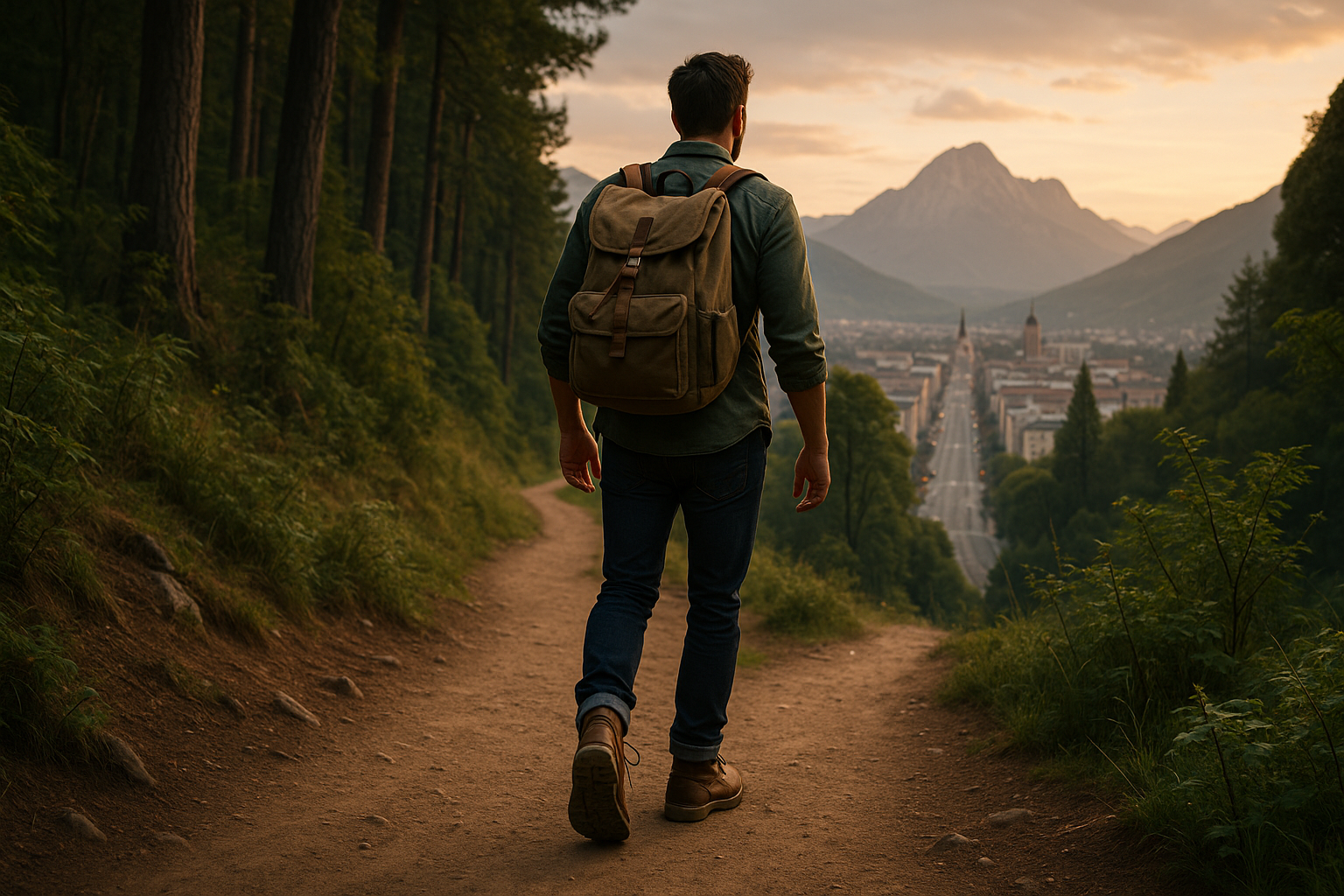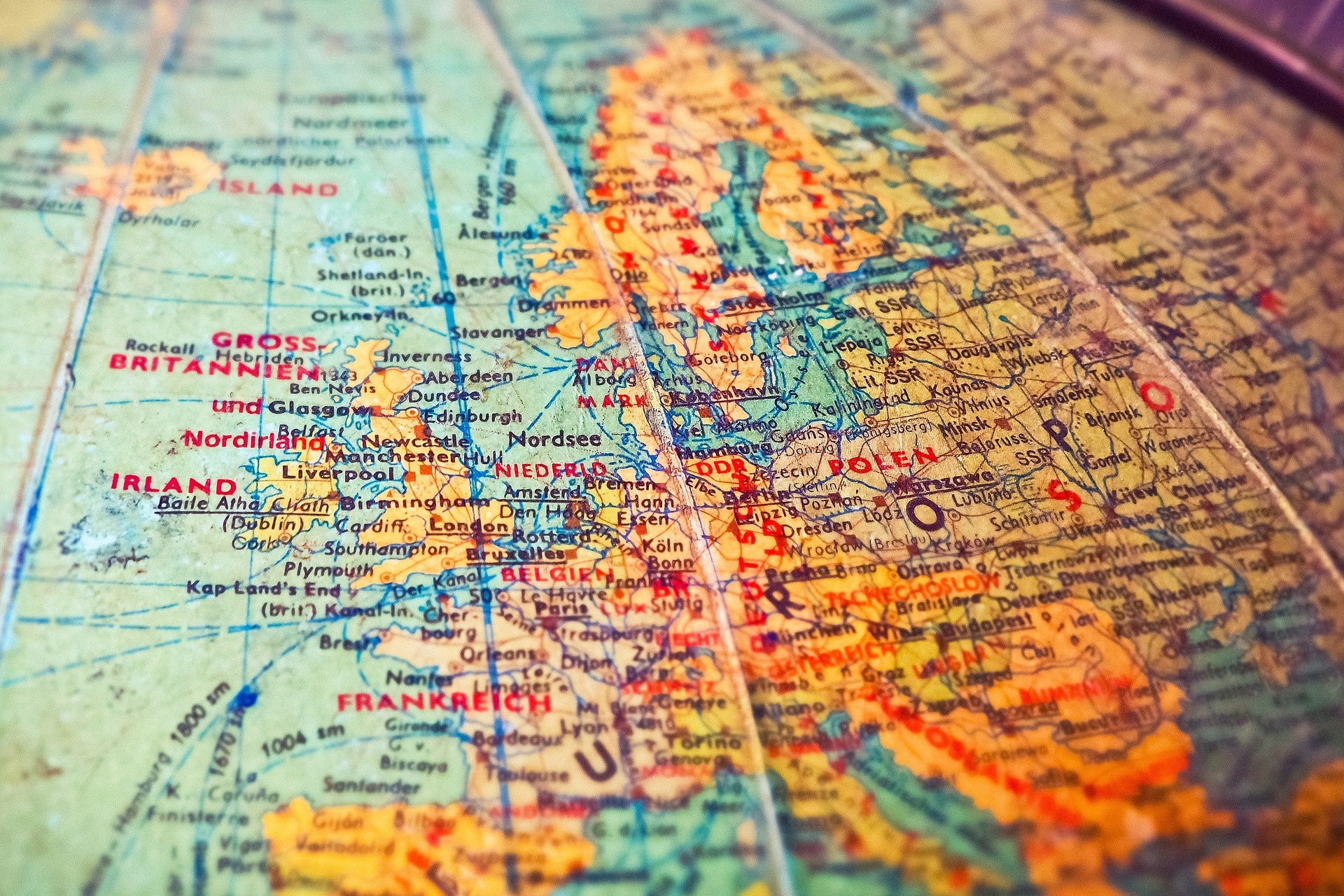Rediscovering the Charm of Pedestrian Tourism: An Unconventional Approach to Travel
Imagine a world where the pace of travel slows down to a literal stroll, where the journey is as enriching as the destination. Welcome to the age-old, yet trend-savvy concept of Pedestrian Tourism, a unique approach to exploring the world on foot. Pedestrian Tourism, also known as walking tourism, is an unconventional travel style that has been making a comeback in recent years. This article will delve into the historical context of walking tourism, its current trends, its advantages, challenges, and its impact on the modern traveler.

A Step Back in Time: The Roots of Pedestrian Tourism
Pedestrian tourism is, in essence, the oldest form of travel. Before the advent of modern transportation, people traversed vast distances on foot for trade, exploration, and pilgrimage. Legendary explorers like Marco Polo and Ibn Battuta traveled thousands of miles, discovering new cultures and civilizations. Such travels, though arduous, led to the exchange of ideas and fostered understanding among diverse societies.
The Renaissance of Walking Tourism: Current Trends and Insights
With the onset of the 21st century, walking tourism has experienced a resurgence. This revival can be attributed to several factors such as the desire for authentic experiences, health consciousness, and environmental concerns. For instance, renowned walking routes like Spain’s Camino de Santiago or Japan’s Kumano Kodo have seen a surge in hikers, driven by cultural curiosity and spiritual quest.
The Pace of the Pedestrian: Advantages of Walking Tourism
Walking tourism offers a host of benefits. It fosters a deeper connection with the environment, allowing travelers to appreciate the nuances of local culture, history, and nature. It promotes physical fitness and mental well-being. Moreover, it contributes to sustainable tourism, reducing the carbon footprint associated with traditional modes of travel.
The Road Less Traveled: Challenges and Impact of Walking Tourism
Despite its benefits, walking tourism comes with its own set of challenges such as physical exertion, time consumption, and safety concerns. However, these challenges have not deterred the modern traveler. On the contrary, they have added an element of adventure, making walking tourism a transformative experience for many.
Essential Insights for the Walking Tourist
-
Start with Short Routes: For the uninitiated, it’s advisable to start with short, well-marked routes before embarking on long-distance trails.
-
Gear Up: Invest in a good pair of hiking boots and lightweight, weather-appropriate clothing.
-
Stay Hydrated: Always carry a reusable water bottle and snacks for sustenance.
-
Respect Local Sensibilities: While exploring local cultures, respect their customs and traditions.
In conclusion, Pedestrian Tourism, with its unique blend of adventure, culture, and sustainability, is a fascinating trend in the travel and transportation industry. It embodies the essence of travel—exploration, discovery, and connection—albeit at a slower pace. So, here’s to putting on your walking shoes and embracing the world at your own stride!






